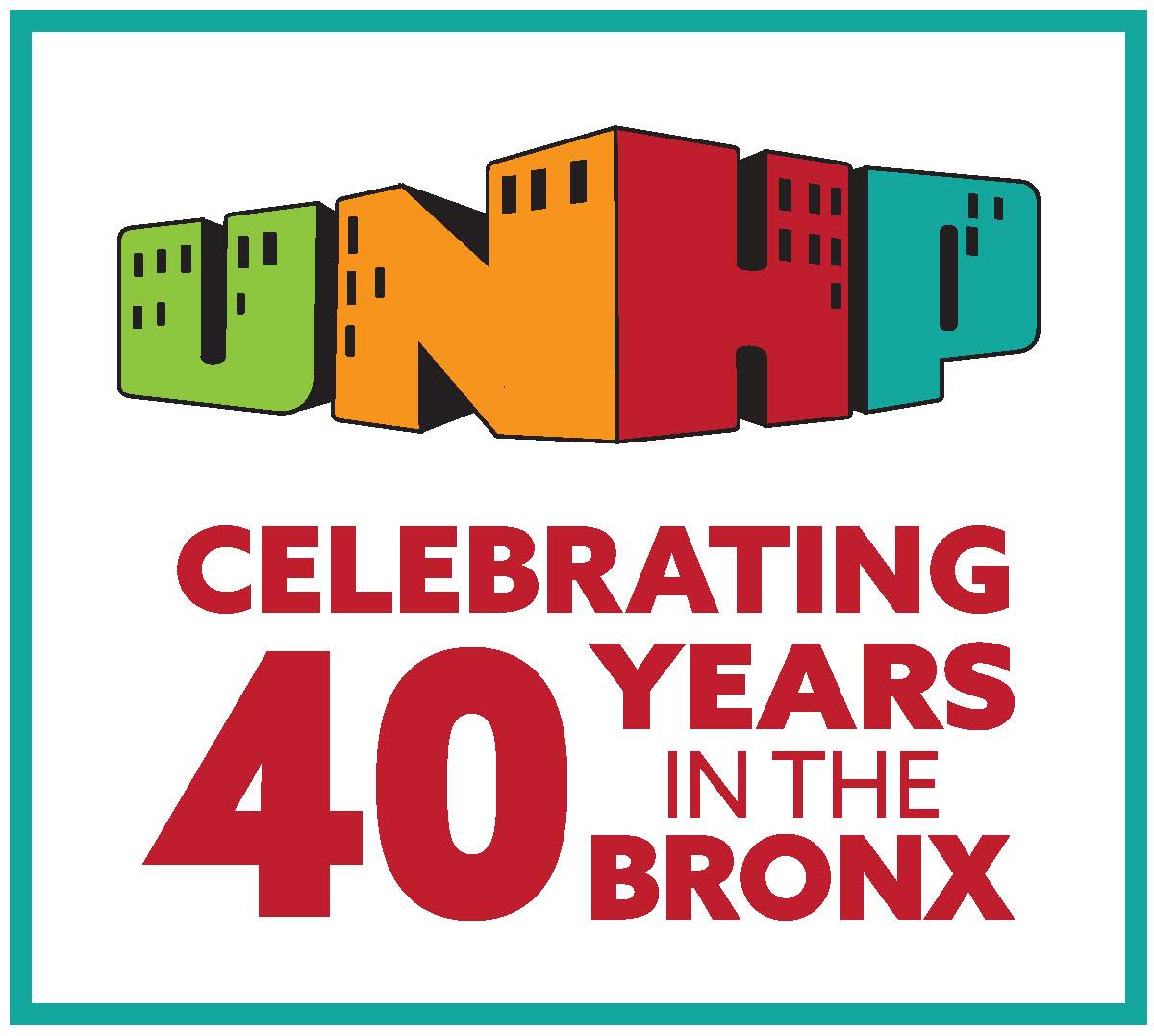Curious about the weather in Morocco? Want the latest cricket standings from the West Indies? Fine. Plug these variables into a search engine on the World Wide Web and the information is sure to appear before your very eyes within seconds. But if you want to know how crime in your borough stacks up against other areas in the city, how your local schools are faring on standardized tests, or simply how many people live in your neighborhood, roll up your sleeves and get a cup of coffee. It could take a while. Though much of this data is indeed out there, there is no navigator to lead the way through the unmapped thicket of data out there in cyberspace. Until now, that is.
"We were finding that it was tricky getting information [on demographics]," said Greg Jost of the University Neighborhood Housing Program (UNHP), a local nonprofit that provides technical assistance and loans for affordable housing projects and other community initiatives. "Anytime we were writing a [grant] proposal, we needed the information to back it up." Instead of waiting for somebody else to do it, UNHP decided to create the Community Resource Guide (CRG) and add it to the group's Web site: www.unhp.org. "We realized that we would like a resource like this, so we just did it," Jost said.
Jim Buckley, UNHP's executive director, believes the site provides a valuable service to nonprofit groups and the people they serve. "Based on the nature of the work we do, we saw that it would be of use to ourselves and other groups," Buckley said. "It's information that's out there, and we took it a step further."
Last summer, Jost and intern Chris Hayes, a Brown University student who lives in Riverdale, began piecing the site together, with Hayes doing the research and Jost handling the Web site design aspect of the project. They decided to focus on more than just the northwest Bronx community they serve. "We decided to make it accessible and useful to anyone in the whole city," Jost said.
Taking the hand of beginners and the Web-savvy alike, the site leads users through a series of questions and directs users to appropriate sites with information on education, crime, health, housing programs and the community reinvestment policies of the banking industry. For instance, if you want the budget, staffing or test score information for your child's school or for all the schools in a particular district, CRG leads you to the Board of Education's Web site for "school report cards."
"It's very linear. It asks a question; you click," said Jost. "I have not seen that on any other site."
While shepherding users to the proper destination, CRG sometimes comments on the information provided, or not provided, by a particular agency. For instance, it criticizes the police department for keeping local crime data in handcuffs. If you're looking for crime statistics in your precinct, UNHP tells CRG's users: "Unfortunately, finding local crime data is more of a challenge than it should be. Despite the NYPD's recent emphasis on timely and accurate data, they do not make crime statistics available on their Web site." But the crime page on CRG leads you to the NYPD's public information office and to the Municipal Library, explaining exactly what type of information is available there. And if you want data for the entire borough, it leads you to the New York State Division of Criminal Justice's Web site.
The project recently got a grant from the Enterprise Foundation. "We're going to improve the maps on the site," Jost said, adding that an update of the site will be in the works as soon as the 2000 Census data is released next year." Two hundred visitors have logged on to the CRG since its recent inception, Jost said.
For UNHP, the site is simply another weapon in the arsenal of those fighting hard for community improvement.
"We just want to serve people in our community as best we can," Jost said.
